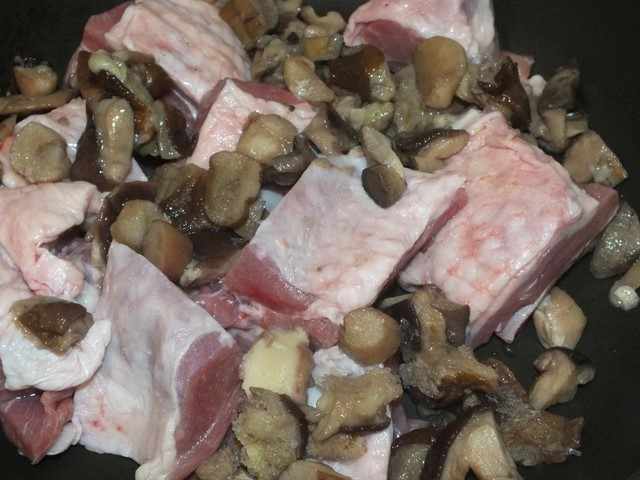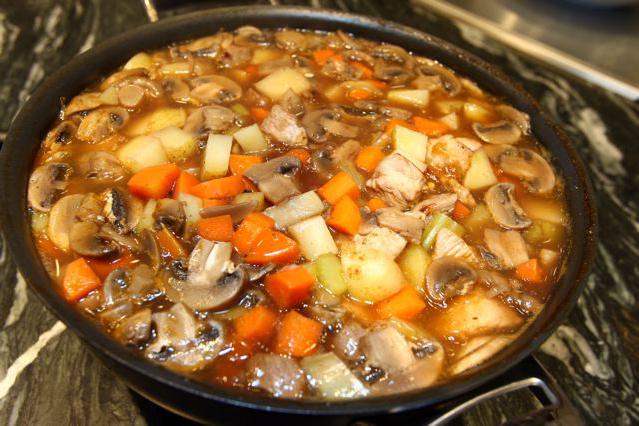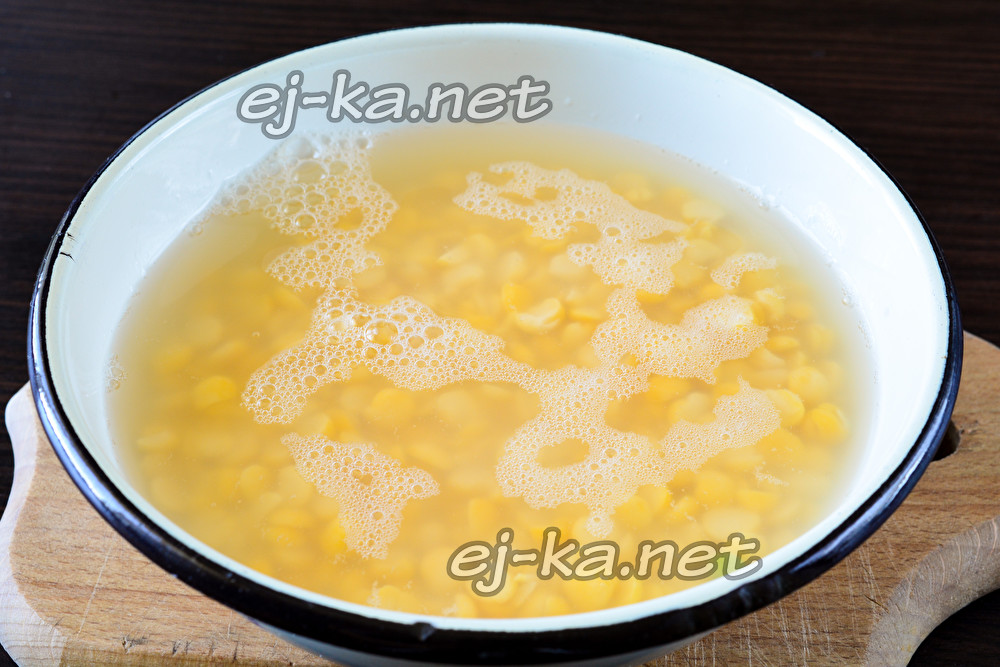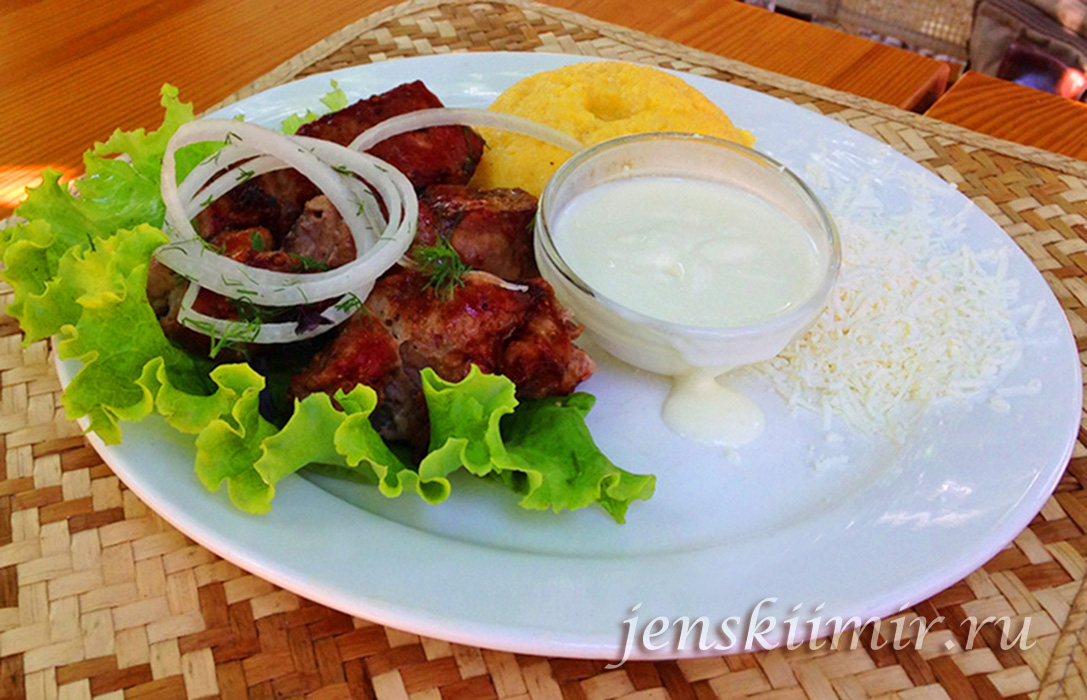How to make ghee at home?
This irreplaceable product is widely used for the preparation of certain dishes, and for medicinal purposes, and in cosmetics. Since ancient times, people have been attracted by his qualities. Ghee at home lasts much longer than ordinary butter. It contains nutrients and trace elements such as magnesium and zinc, which are essential for the proper functioning of the body. And if many nutritionists consider ordinary butter to be harmful, then with ghee it is a completely different situation. Some doctors even recommend it. How to make ghee at home will be discussed in our article.
What does it consist of
In India and Pakistan, where such a product is especially common, they say that according to the rules, cooked melted butter should have a delicate flavor of nuts. What does it actually represent? This is nothing more than 99% butter, obtained as a result of dehydration of the usual raw material - butter. It is a slightly unclear product of golden yellow color, very high in calories. It should not be forgotten when consuming that 892 kcal per 100 grams is no joke for dieters!
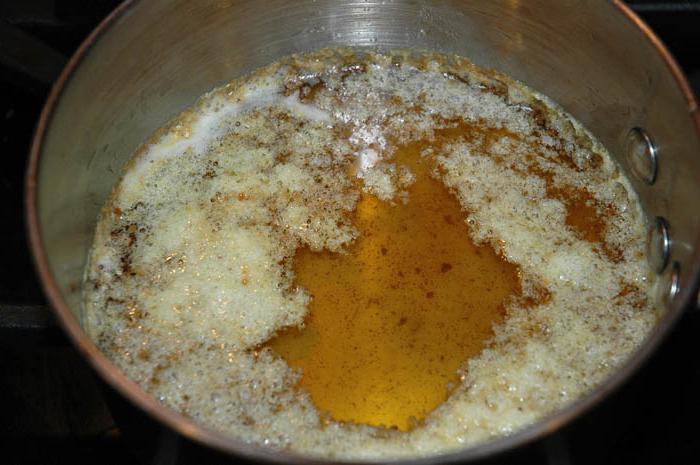
A little about the benefits
But, oddly enough for such a high fat content, this oil is perfectly absorbed in the stomach and helps to assimilate other foods, having a beneficial effect on the processes of food digestion. Nutritionists say that it has protective properties: it increases immunity and protects the stomach from harmful substances, rid the body of free radicals.
Ghee, cooked at home, is a wonderful and inexhaustible source of fatty acids, the constant use of which in food has a beneficial effect on the entire body as a whole (this is best seen in the hair and nails). A - "visual" vitamin. E is an antioxidant. Vitamin D is used to prevent rickets. In this regard, ghee obtained at home can be considered not only a very useful product, but also a real natural medicine that tones, rejuvenates, enhances the immune defense, and normalizes the functioning of the central nervous system.

And about the harm
Only excessive use of this product can harm the human body. When overeating this animal fat, there is a risk of harm to the heart and blood vessels. You should be more careful about the use of oil and people who are on diets and counting calories, since there are about 900 of them in 100 grams. And for the rest there are no special contraindications - well, of course, if consumed in moderation.
How to make ghee at home
In what ways can this product be prepared? There are several options. Let's consider each of them in more detail.
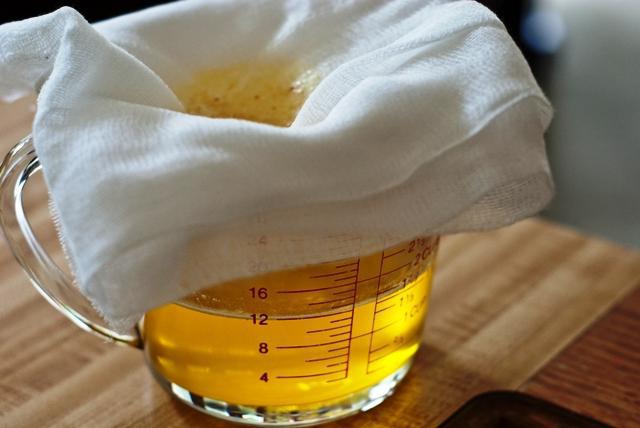
On fire
You will need a pound of butter of ordinary fat content (72-82%) and a saucepan with a firm bottom, preferably non-stick.
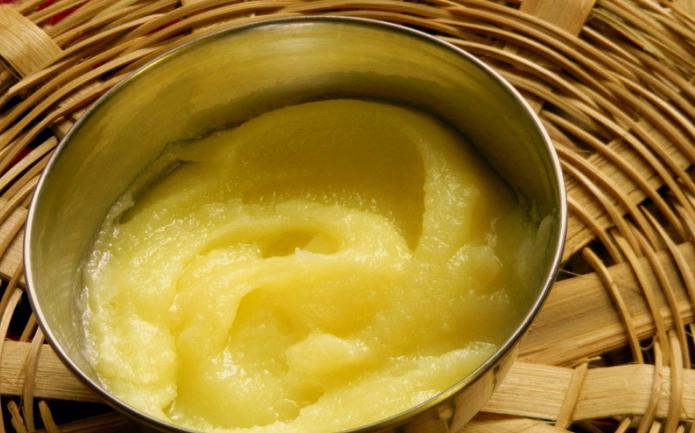
In the oven
How to cook ghee at home in the oven? This is also quite simple to do, the main thing here is to observe the temperature regime.
- Preheat the oven to 150 degrees. Put a kilogram of chopped unsalted butter in a saucepan. The dishes should be chosen in such a way that the oil fits freely, and up to 10 centimeters remains to the brim.
- Ghee at home in the oven is cooked at a temperature of slightly less than 150 degrees (constantly monitor the temperature regime - it should not boil and burn, but it should be heated) for one and a half or two hours.
- Do not stir the oil. The result should be a golden product with a thin film on the surface and flakes of sediment on the bottom. We remove both from the mass. Remove the film with a slotted spoon. And to get rid of precipitation, we decant the product through cheesecloth into a jar. Usually, two to three centimeters of sediment remain at the bottom of the pan, which can also be used for culinary purposes, for example, for baking.
In a multicooker
How to cook ghee at home using a multicooker? This is as easy as shelling pears. We take a pound of medium fat unsalted butter, cut into pieces and put in a multicooker bowl. To melt the butter, turn on the "Baking" mode for five minutes. Then we select "Stewing" from the menu and leave the product for an hour and a half. We do not close the lid and for the first ten minutes we constantly remove the formed foam, which is rather loose. In this way, the oil is freed from some of the impurities and additives. At the end of the multicooker operation, drain the ghee obtained at home through cheesecloth into the jar so that the sediment does not get into (it can also then be used for culinary purposes). And some people prefer to simply pour out this sediment.

Ghee: homemade ghee recipe
When preparing ghee (or ghee, as this product is called in South Asia), water, milk proteins (and milk sugar) are removed from the oil, which allows it to be consumed even by people whose bodies cannot absorb lactose. Traditionally in India for the production of ghee in the amount of 1 kilogram, 1.7 liters of heavy cream are taken (which, in turn, is obtained by the separation method from 30 liters of milk). Then the cream is whipped into butter. After that, the product is heated in small portions (1 kg each) over low heat on wood. On average, cooking ghee at home takes about an hour for each serving. Ghee is usually produced on small farms using this long-standing process. It differs from industrial oil by prolonged boiling of oil, which cleans it from casein and milk solids. As a result, the product is caramelized and tastes like a nut. For medical purposes, oil is used, which "matures" longer in an already cooked form.
Storage
And when the oil is overheated, its shelf life is significantly increased. People knew about this even in ancient times - after all, there were no refrigerators then. As a result of its composition at room temperature, ghee can retain its beneficial qualities for 9 months. And left in a closed jar at the bottom of the refrigerator - and at all 15.
Cooking use
In the national cuisines of Pakistan and India, traditionally ghee is one of the most common edible fats. Such dishes as dal, roti, sabji, puri, samosas, lada, halva cannot do without it. By the way, such oil is not toxic under the influence of temperature, and begins to smoke only at 250 degrees and does not burn.
In our latitudes, they are flavored with various kinds of porridge. Various products are also fried on it (since it has non-stick properties). The oil is used for baking meat and fish. And pilaf with ghee is a rare tasty treat! It is also customary to add it to some types of sweet pastries, which improves its taste. Now, knowing how to make ghee at home, you can prepare many delicious and original dishes. For example, pilaf according to the following recipe.
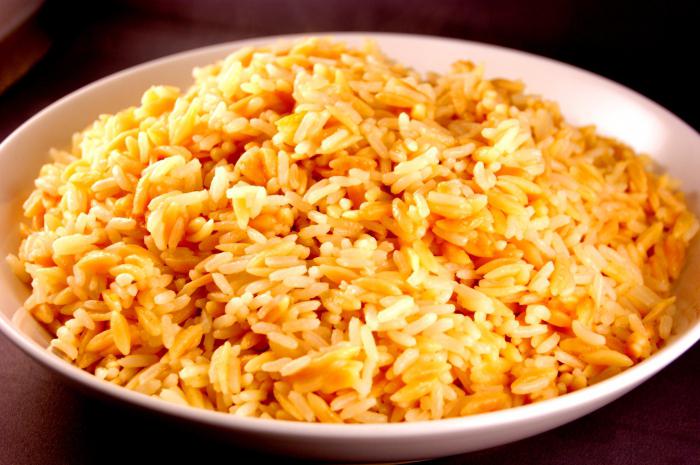
Pilaf with vegetables in a slow cooker
You need to take a pound of ribs, two glasses of long rice, a couple of tablespoons of ghee, a mixture of spices for pilaf, onions, bell peppers and tomatoes (2 pcs.). Pre-marinate the meat in spices, and boil the rice separately until half cooked. Next, put the chopped ribs, oil, vegetables and rice on the bottom of the multicooker container. Pour in half a glass of water. Cooking in the "Stew" mode for 40 minutes under a covered lid. Ghee gives the food a unique nutty aroma and bright taste.
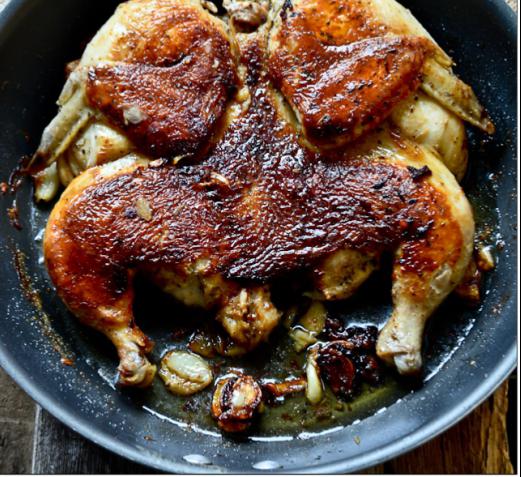
Chicken tabaka (tapaka) with ghee
We need a small chicken, a head of garlic, two large tablespoons of ghee, ground black pepper, sea salt.
The most important thing is that the main semi-finished product is flattened. To do this, you need to find either an old cast iron iron, or a small weight or dumbbell. A brick wrapped in polyethylene is also suitable (so that crumbs and sand do not get into). We cut the chicken along the belly and give it its characteristic flat shape. Grease a frying pan, large and with a thick bottom, with ghee and place the chicken there, salted and pepper. We fry under pressure for 15 minutes on each side. In the final, season with crushed garlic and herbs (in the Imeretian version - blackberries mixed with cilantro and garlic).




